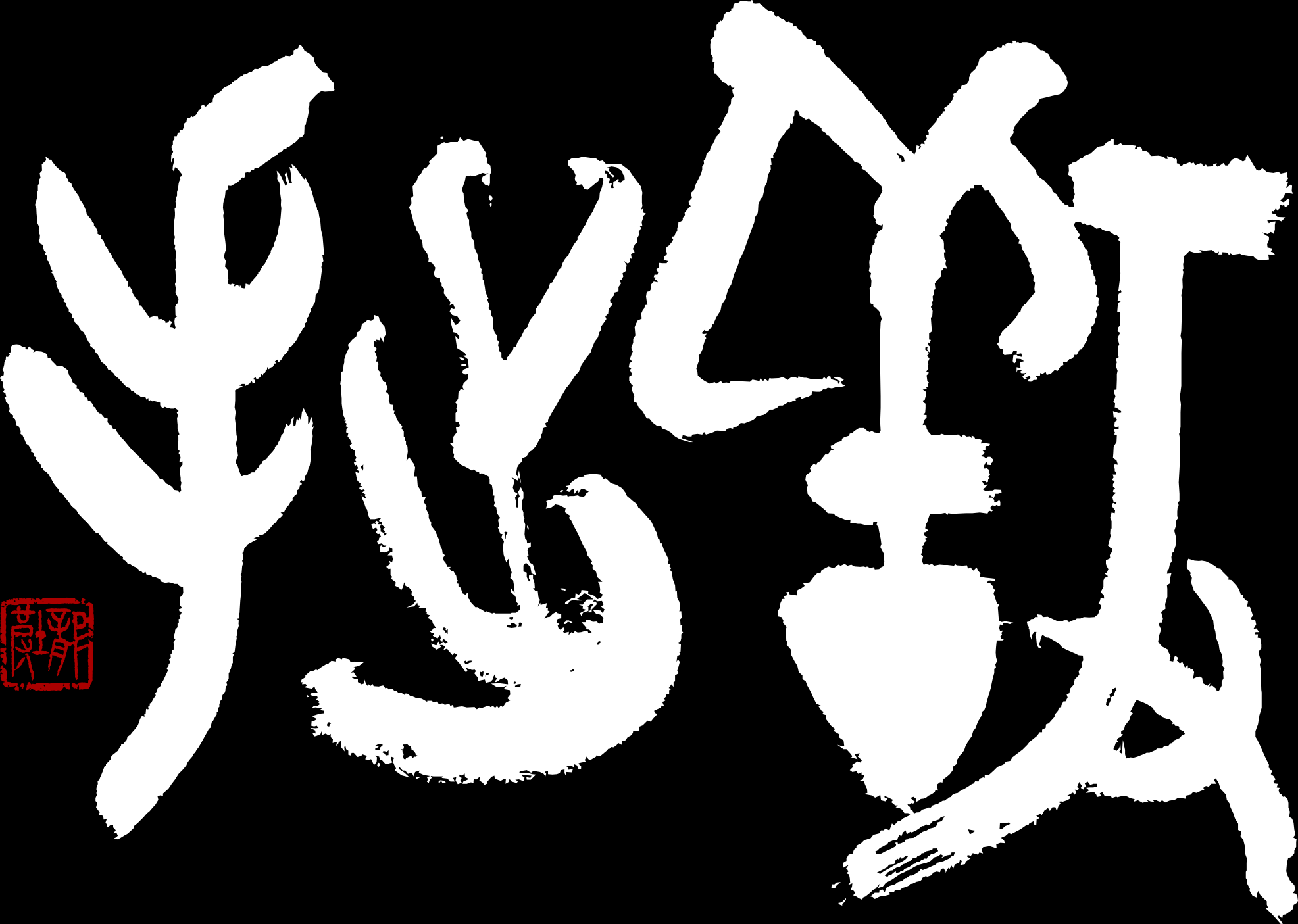Kanji (漢, kan: Han race; 字, ji: character, letter, word) originated in central China sometime during the second millennium BCE. As Buddhism spread through East Asia in the middle of the first millennium CE, kanji accompanied it, and this writing system was adopted in both Korea and Japan.
These elegant and often very intricate characters can appear impenetrable to newcomers. In fact, their mystery only adds to their beauty. There appear to be few clues to the logic behind their structures, especially to those raised on the simple shapes of the 26 letters of the English alphabet.
However, they are not incomprehensible: the hundreds of millions of Chinese, Japanese, and others who can read kanji is proof of that. There is no simple trick to learning them quickly, but they can appear more accessible if you know how to look at them.
Each kanji represents an object or a concept. Objects are easy to represent symbolically: a simple picture will suffice. And that is how the first and simplest kanji appeared. Over the intervening three thousand years, the shapes used for these representations have become more stylized, so it helps to look at their earliest forms to get a better idea of where they come from. Have a look at the original and current forms of some simple kanji representing objects.
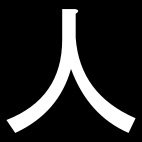 | ||
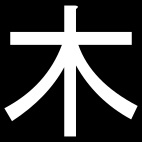 | ||
 | ||
 |
Concepts are not so straightforward to represent symbolically. However, if we look at the earliest forms of kanji, we can begin to understand the rationale behind them. The shapes used for simple objects are combined to create a narrative to explain the concept. (It is interesting to note that these kanji come from the activities of the ancient Han people and, as such, can provide fascinating insights into their behaviour and customs.)
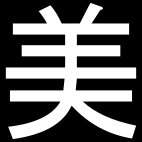 | ||
| Explanation | ||
| A sheep (羊) and person standing with arms and legs outstretched (大) indicating “big.” A large sheep was probably the most splendid and precious thing an ancient Han person could have; hence, the association with “beauty.” | ||
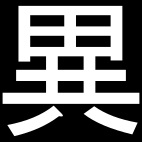 | ||
| Explanation | ||
| A person wearing a mask and performing a ritual dance to scare away evil spirits. Wearing such a mask transformed the person into some terrifying creature; hence, the association with “differ.” | ||
Returning to objects: There are some objects which are closely related, such as different types of trees or the things made from their wood. However, it is important to be able to distinguish between them. The kanji for such objects combines the basic character representing a tree with another character or image which distinguishes that particular kind of tree or use of wood.
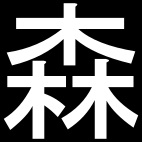 |
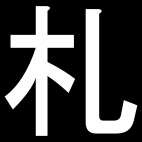 |
 |
With all languages, the spoken form predates the written one. With kanji, we see combinations which have one component which tells us about the group to which the object or concept belongs, and another which tells us the sound of the word. In this example, the word for maple was pronounced the same as the word for wind, so the kanji for maple combined the shape for tree with that for wind.
| Kanji: | |||||
| Chinese: | |||||
| Japanese: | |||||
| Meaning: |
It is true then that even if you recognize a component of a kanji, it might not give you a hint about the meaning of the kanji as a whole because the component might actually have been included to indicate the pronunciation of the kanji. However, in many cases, components will give you some idea of the meaning. Here are the current forms of some of the most common components used in kanji.
